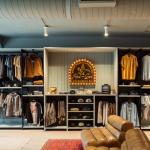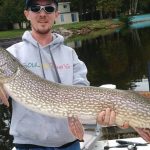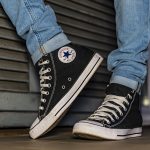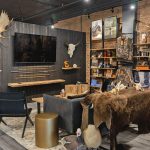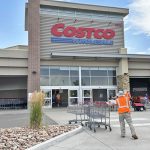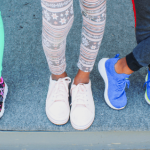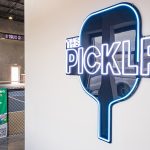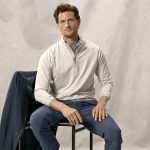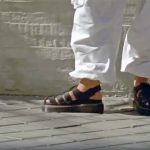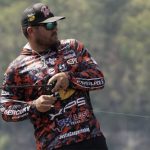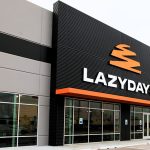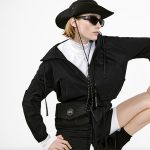Russell Corporation said the company fell short of several planned cost reductions for the second quarter, a miss that was the primary reason for a sharp decline in profits for the period despite the revenue gains delivered by the acquisitions of Brooks Sports, Huffy Sports, and AAI. The impact of the loss of MLB and the discontinuation of the Discus brand at a major account were surely felt on the overall business, with roughly $14 million in revenues lost to those two businesses. The company was also up against a quarter last year that saw a $4.4 million benefit to the operating income line courtesy of K2 Inc.s acquisition of Marmot Mountain, where RML held a small stake in the business.
Russell Corp. issued an earnings warning two weeks ago when it became clear that they would fall far short of analysts' expectations for the period.
Excluding about $51 million in sales attributed to the acquired businesses, total RML sales would have inched up slightly, but Sporting Goods division sales would have been down approximately 12% for the period. On a like-for-like basis, excluding acquisitions and discontinued businesses, total ongoing organic sales were up more than 5% for the period and Sporting Goods division sales were down less than a point. Russell Corp. chairman and CEO Jack Ward said that the base Russell Athletic business was “basically flat, maybe up a little bit” in the first half. He sees it growing on new Dri-Power programs at major retailers. Big 5 has apparently joined TSA and Dicks with a new fall program.
Operating earnings in the Sporting Goods business were down more than 40% to $7.0 million from $12.0 million in Q2 last year, a quarter that saw the Marmot benefit. Excluding the one-time benefit, operating income for the unit was down about 8% for the period.
Mossy Oak was a key contributor to the decline in the Sporting Goods business as the brand sees continued pressure from retailers private label camo programs. Lower prices and the reduction of a major retail program resulted in a revenue decline of more than 30% in the quarter and operating profits were off 5 cents per share from last year. The negative impact to profits is not expected to be offset for the balance of the year. Management does see some upside for the business as they develop the Elements brand, which is a sportswear collection for the traditional Mossy Oak consumer.
Brooks saw double-digit growth in the running specialty channel and the brands expansion into Dicks is apparently “performing well.” Management also hinted that technical apparel is seeing “increased receptivity” from retailers. They also alluded to potential upside at TSA as they move to more full-service footwear departments and away from the self-service formats.
RML does still see some upside for Brooks in the team market where Russell has a firm grip on relationships at the team dealer, high school, and college level.
Moving Comfort again saw revenue gains for the quarter as successful test programs “set the stage for future growth.” Ward did say they “still have some issues” with Moving Comfort, but he said the small losses there are getting corrected and the business should be profitable next year.
Mr. Ward said Bike Athletic was seeing the same issues as Moving Comfort, but that business was also expected to be profitable in 2006.
Huffy was a business that was described as “obviously in financial trouble” when RML acquired the business. Ward said they were not spending much in R&D and that there was “really no innovation.” RML has made investments in the product to move it forward and he felt strongly about its upside potential as part of the Spalding Group.
Sales in the Activewear segment got a nice lift from strength in the Artwear channel, which recorded sales increases of nearly 15% in dollars and 14% in units for the quarter. Increased product demand led to significant cost increases associated with ramping up production quickly and reacting to changes in style mix, negatively impacting second quarter profits.
The company is apparently working an all hands on deck drill as the market demand for hoodie fleece surges more than 75% for the fall/holiday season. They are working to convert lines in their own factories, while getting contractors up to speed on the intricacies of building hoodies. Good news is that hoodies carry a better margin than other goods, but the short-term issues have been a problem for the company.
The Activewear business was the main culprit in the shortfall in cost saving goals.
>>> Long gone are the days when these guys had nothing to talk about but t-shirts and jersey shorts and the cost of making em in Alabama…
| Russell Corporation | |||
| Second Quarter Results | |||
| (in $ millions) | 2005 | 2004 | Change |
| Total Sales | $342.1 | $289.8 | +18.1% |
| Sporting Goods | $160.3 | $124.1 | +29.1% |
| Activewear | $167.8 | $151.7 | +10.6% |
| Other | $14.0 | $13.9 | +0.3% |
| Gross Margin | 26.4% | 27.7% | -140 bps |
| Net Income | $4.7 | $10.2 | -54.1% |
| Diluted EPS | 14¢ | 31¢ | -54.8% |
| Inventory @Qtr-end | $466.1 | $424.6 | +9.8% |

